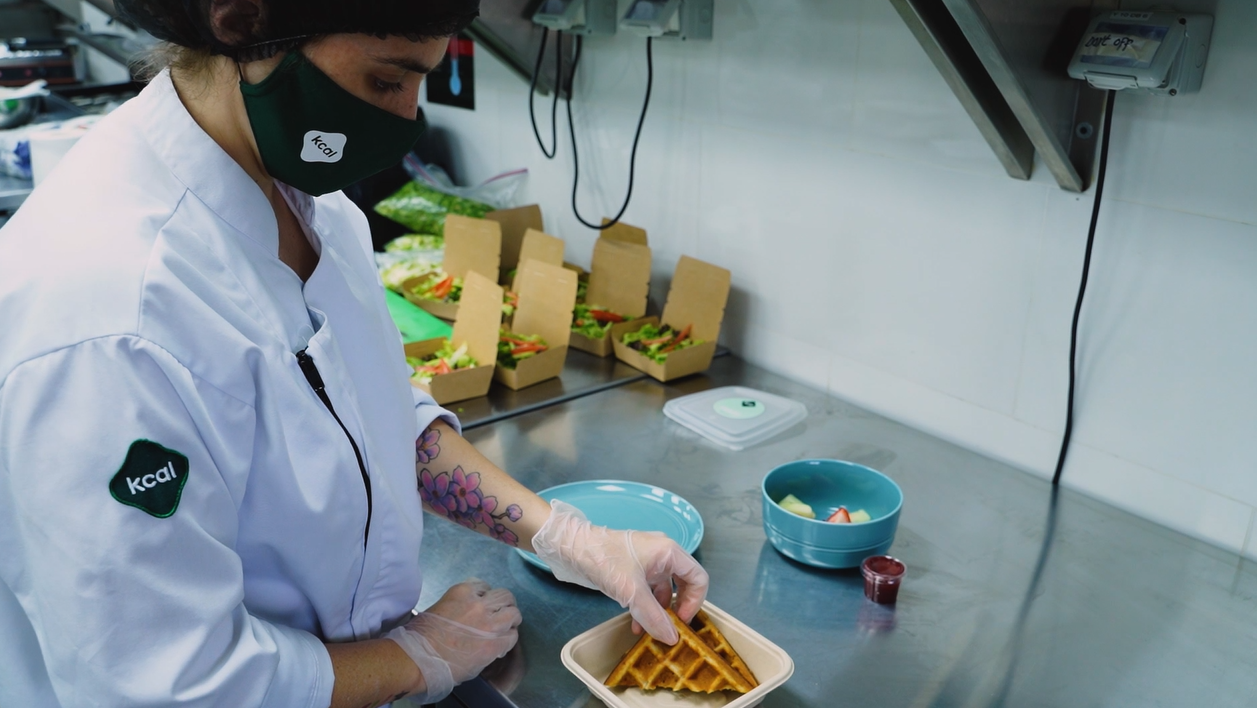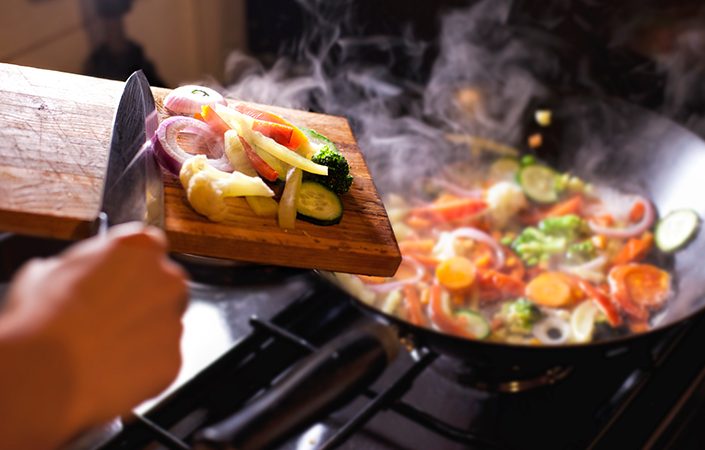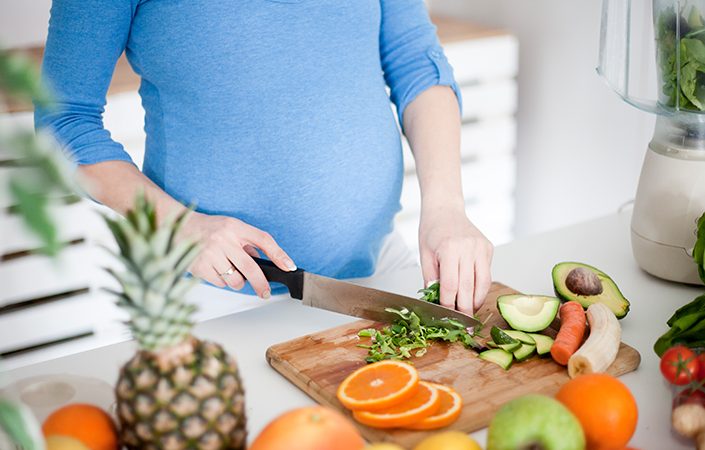
In our bustling world, we often take for granted the safety of the food we consume. We trust that the products we purchase and the meals we enjoy are prepared and handled with the utmost care. However, the significance of food safety goes far beyond our daily meals. It affects our overall health, well-being, and even our economy.
Ensuring food safety at home is a fundamental step in protecting yourself and your loved ones from foodborne illnesses. By following these guidelines, you can create a safe and hygienic environment in your kitchen:
Cleanliness: Start by maintaining a clean kitchen. Wash your hands thoroughly with soap and water before handling any food, especially after handling raw meat, poultry, or seafood. Clean and sanitize all kitchen surfaces, utensils, and cutting boards regularly to prevent cross-contamination.
Safe Food Storage: Properly store perishable foods, such as meat, poultry, dairy products, and leftovers, in the refrigerator at or below 40°F (4°C) to slow down bacterial growth. Keep raw meats separate from ready-to-eat foods to avoid cross-contamination. Use airtight containers or wraps to prevent odors and flavors from transferring between different food items.
Safe Food Handling: Practice safe food handling techniques to minimize the risk of contamination. Thaw frozen foods in the refrigerator, under cold running water, or in the microwave, avoiding leaving them at room temperature. Use separate cutting boards and utensils for raw meats and other foods. Cook foods to their recommended internal temperatures to ensure they are thoroughly cooked and safe to consume.
Fresh and Quality Ingredients: Purchase fresh and high-quality ingredients from reliable sources. Inspect fruits, vegetables, and other produce for signs of spoilage or damage before use. Avoid consuming expired or moldy food items.
Safe Cooking Practices: Ensure that your cooking practices adhere to food safety guidelines. Use a food thermometer to check the internal temperature of cooked foods, especially meat, poultry, and seafood, to ensure they reach safe temperatures. Follow recommended cooking times and temperatures for different types of food to kill harmful bacteria.
Proper Food Handling for Leftovers: Handle leftovers safely to prevent bacterial growth. Refrigerate or freeze leftovers promptly after a meal, ideally within two hours of cooking. Store leftovers in shallow containers to allow for faster cooling. When reheating, make sure food reaches a safe internal temperature.
Stay Informed: Regularly check the expiration dates on food products. Stay informed about safe handling and storage practices through reputable sources like the U.S. Food and Drug Administration (FDA) or the Centers for Disease Control and Prevention (CDC).
By incorporating these food safety practices into your daily routine, you can create a safe and healthy environment in your kitchen and reduce the risk of foodborne illnesses for you and your family.
Written by Written by Celine Saad| Nutritionist, Kcal



